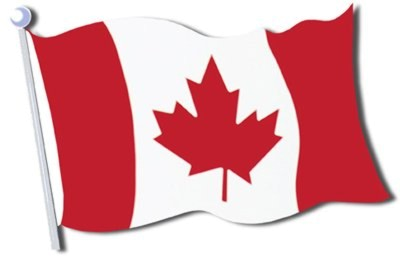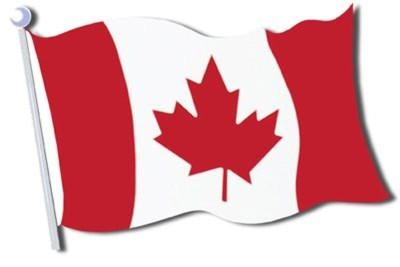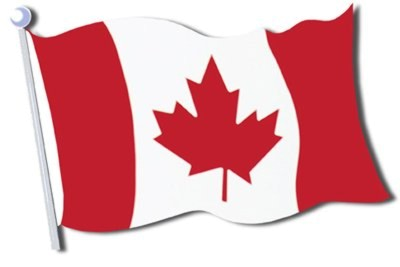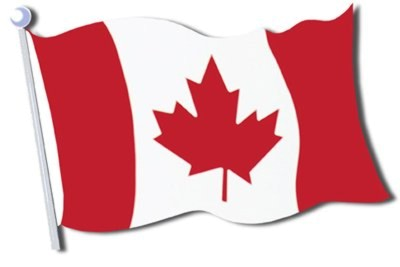3.

Although at first the British were not interested in staking a claim on Canada, after the first explorers -John Cabot in 1497, Martin Frobisher in 1576 and Henry Hudson in 1607- succeeding English voyagers laid claim to the fur-trading area around Hudson Bay.







